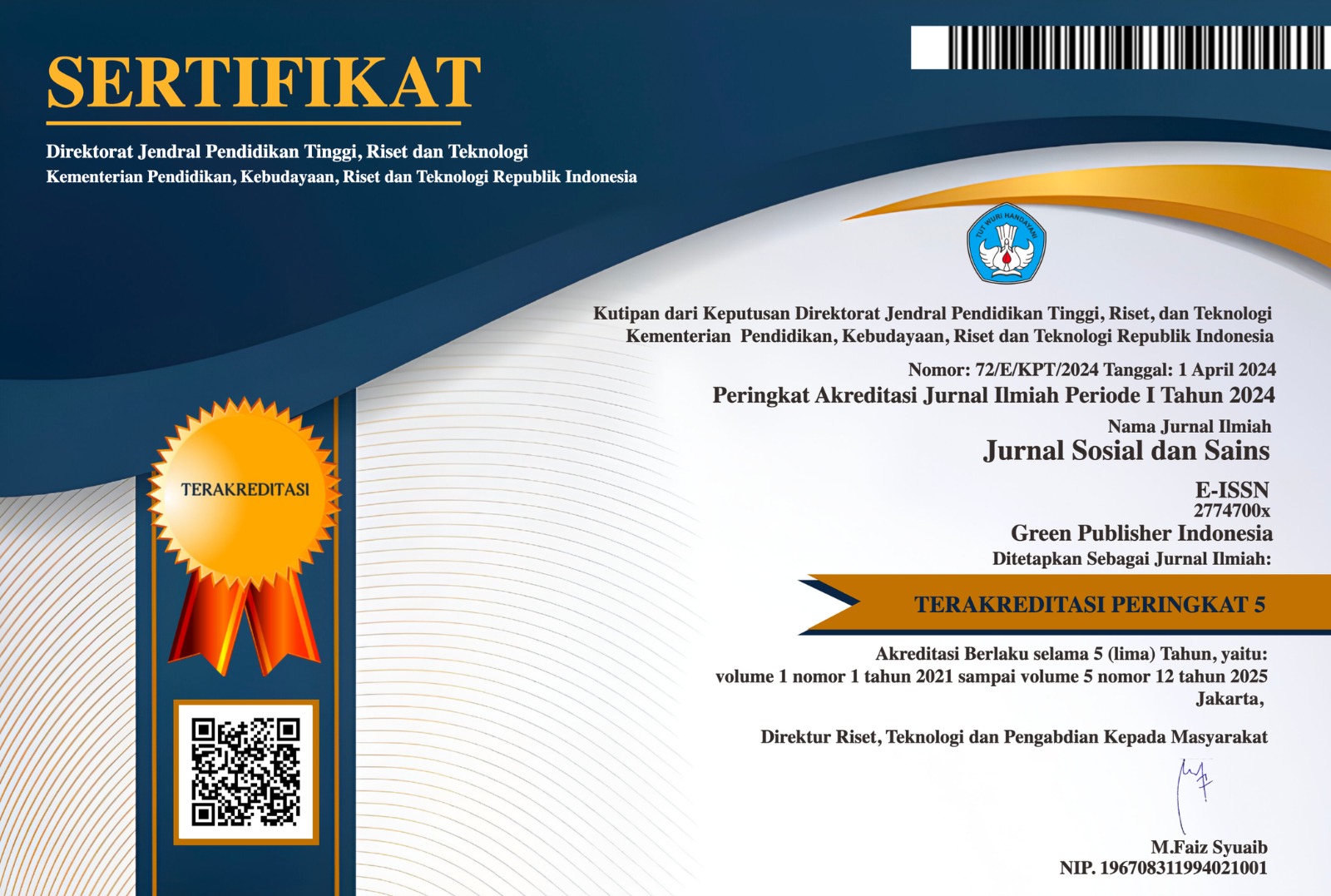Implementasi E-Audit System Pada Proses Reviu Laporan Keuangan Uo Tni Ad Oleh Apip
DOI:
https://doi.org/10.59188/jurnalsosains.v5i8.32438Keywords:
E-audit, Financial Statement Review, UO TNII AD APIPAbstract
This research aims to determine the effectiveness of the implementation of the E-Audit System in the financial report review process conducted by the Government Internal Supervisory Apparatus (APIP). This study uses a qualitative method with data from the financial report review at UO TNI AD. ….which defines a business process as "measurable and structured activities to produce certain outputs for specific entities." The objective of the financial report review at UO TNI AD is to assist in the implementation of accounting and the presentation of financial reports for UO TNI AD. The results of this study describe the financial report review influenced by the E-Audit System used, Audit Quality, and APIP that carries out the review process. The benefits of implementing this E-Audit System will reduce examination time, increase accuracy, and have a more comprehensive data range.
Downloads
Published
How to Cite
Issue
Section
License
Copyright (c) 2025 Muharram Belle, Ika Sartika

This work is licensed under a Creative Commons Attribution-ShareAlike 4.0 International License.
Authors who publish with this journal agree to the following terms:
- Authors retain copyright and grant the journal right of first publication with the work simultaneously licensed under a Creative Commons Attribution-ShareAlike 4.0 International (CC-BY-SA). that allows others to share the work with an acknowledgement of the work's authorship and initial publication in this journal.
- Authors are able to enter into separate, additional contractual arrangements for the non-exclusive distribution of the journal's published version of the work (e.g., post it to an institutional repository or publish it in a book), with an acknowledgement of its initial publication in this journal.
- Authors are permitted and encouraged to post their work online (e.g., in institutional repositories or on their website) prior to and during the submission process, as it can lead to productive exchanges, as well as earlier and greater citation of published work.








